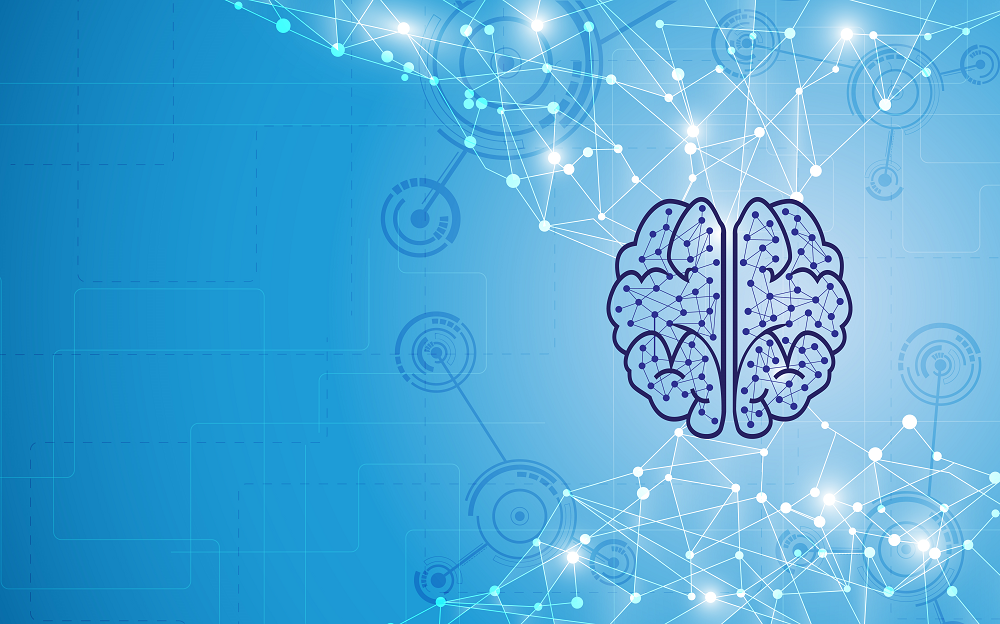How to build any AI-driven smart service


CXOs: Participate in Constellation's digital transformation survey by Aug.18, 2017 and receive a summary of the results.
The combination of machine learning, deep learning, natural language processing, and cognitive computing will change the ways that humans and machines interact. AI-driven smart services will sense one's surroundings, learn one's preferences are from past behavior, and subtly guide people and machines through their daily lives in ways that will truly feel frictionless. This quest to deliver AI-driven smart services across all industries and business processes will usher the most significant shift in computing and business this decade and beyond.
Organizations can expect AI-driven smart services to impact future of work flows, IoT services, customer experience journeys, and synchronous ledgers (blockchain). Success requires the establishment of AI outcomes (see Figure 1). Once the outcomes are established, organizations can craft AI-driven smart services that orchestrate, automate, and deliver mass personalization at scale.
Seven AI Outcomes
The disruptive nature of AI comes from the speed, precision, and capacity of augmenting humanity. When AI is defined through seven outcomes, the business value of AI projects gain meaning and can easily show business value through a spectrum of outcomes:
- Perception describes what's happening now. The first set of outcomes are rudimentary and describe surroundings as manually programmed.
- Notification tells you what you asked to know. Notifications through alerts, workflows, reminders, and other signals help deliver additional information through manual input and learning.
- Suggestion recommends action. Suggestions build on the past behaviors and modify over time based on weighted attributes, decision management, and machine learning.
- Automation repeats what you always want. Automation enables leverage as machine learning matures over time and tuning.
- Prediction informs you what to expect. Prediction starts to build on deep learning and neural networks to anticipate and test for behaviors.
- Prevention helps you avoid bad outcomes. Prevention applies cognitive reckoning to identify potential threats.
- Situational awareness tells you what you need to know right now. Situational awareness comes close to mimicking human capabilities in decision making.
AI-Driven Smart Services Must Enable The Orchestration Of Trust
Because AI-driven smart services require offloading the decision-making responsibility to atomic driven smart services, the foundation of any AI-driven smart service is trust. Below an explanation of how the five key components of an AI-driven smart service orchestrate trust.
- Applying digital footprints and data exhaust use AI to build anonymous and explicit profiles. Every individual, device, or network provides some information. That digital footprint or exhaust could come from facial analysis, a network IP address, or even one's walking gait. Using AI and cognitive reckoning, systems can start to analyze patterns and correlate identity. That means that AI services will recognize and know individuals across different contexts.
- Immersive experiences enable a natural interaction. Context, content, collaboration, and channels come together to all AI-driven services to deliver immersive and unique experiences to each individual. The services will use context attributes such as geospatial location, time of day, weather, heart rate, and even sentiment - combined with what the service knows of our identity and preferences -- to improve relevancy and deliver the appropriate content. Sense-and-respond mechanisms will enable collaboration among participants and machines through conversations and text dialogs. Channels include all interaction points such as mobile, social, kiosks, and in-person. The goal is natural user experiences based on identity.
- Mass personalization at scale delivers digital services. Anticipatory analytics, catalysts, and choices interact to power mass personalization at scale. Anticipatory analytics allow customers to "skate where the puck will be." Catalysts provide offers or triggers for response. Choices allow customers to make their own decisions. Each individual or machine will have their own experience in contexts depending on identity, historical preferences, and needs at the time. From choose-your-own-adventure journeys, context-driven offers, and multi-variable testing on available choices, the AI systems offer statistically driven choices to incite action.
- Value exchange completes the orchestration of trust. Once an action is taken, value exchange cements the transaction. Monetary, non-monetary, and consensus are three common forms of value exchange. While monetary value exchange might be the most obvious, non-monetary value exchange (including recognition, access, and influence) often provide a compelling form of value. Meanwhile, a simple consensus or agreement can also deliver value exchange on the veracity of a land title or agreement on a patient treatment protocol.
- Cadence and feedback continues and AI powered learning cycle. Powered by machine learning and other AI tools, smart services consider the cadence of delivery: One time, ad-hoc, repetitive, subscription based, and threshold driven. Using machine learning techniques, the system studies how the smart services are delivered and applies this to future interactions.
The Bottom Line: AI Augments Humanity
Fears of robots taking over the world have been overblown. Successful AI-driven smart services will augment human intelligence just as machines augmented physical capabilities. AI driven smart services play a key role in defining business models for synchronous ledger technologies (blockchain), Internet of Things, customer experience, and future of work by reducing errors, improving decision-making speed, identifying demand signals, predicting outcomes, and preventing "disasters".
Your POV
Are you a CXO designing an AI-driven smart service? Participate in Constellation's digital transformation survey by Aug. 18, 2017 and receive a summary of the results.